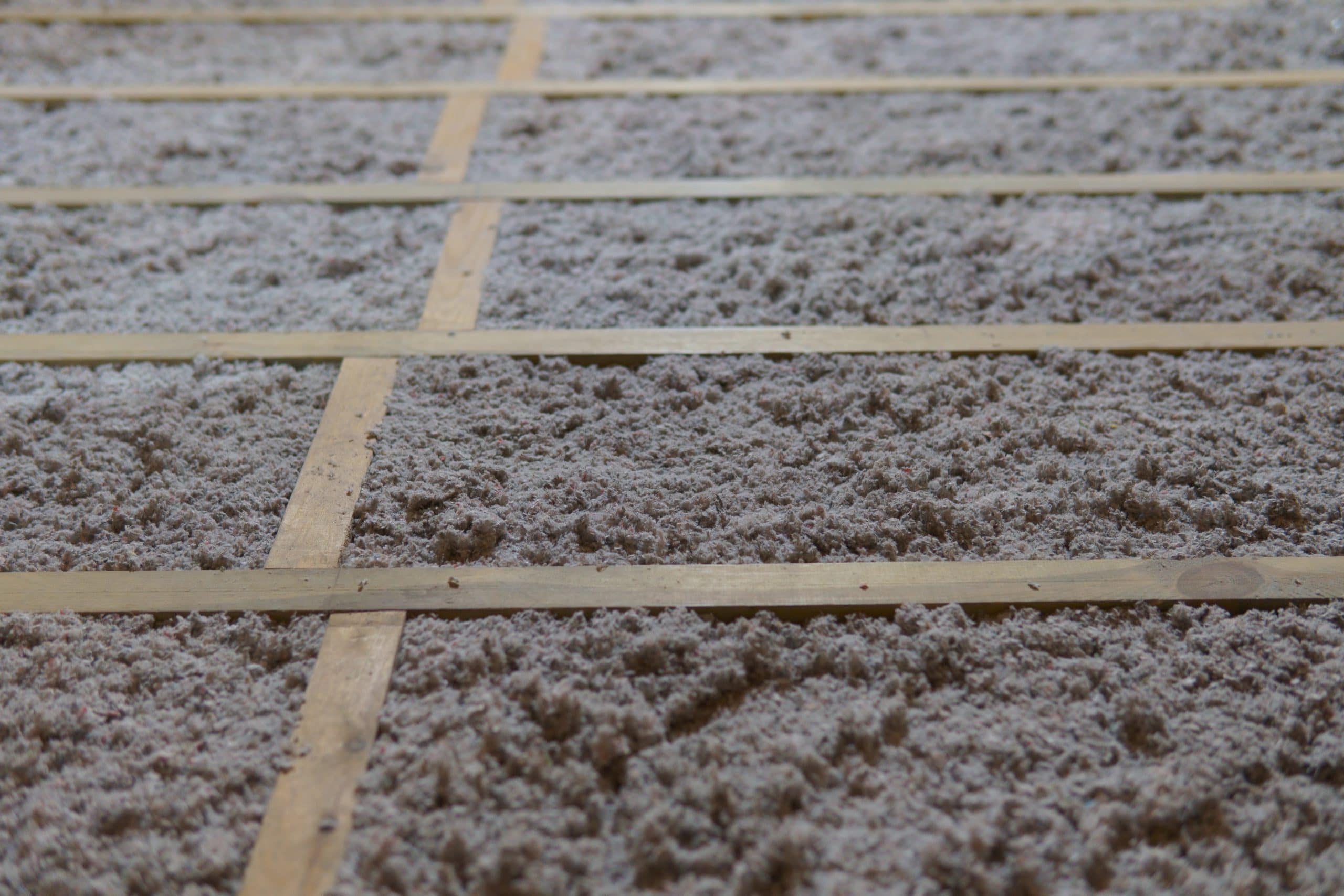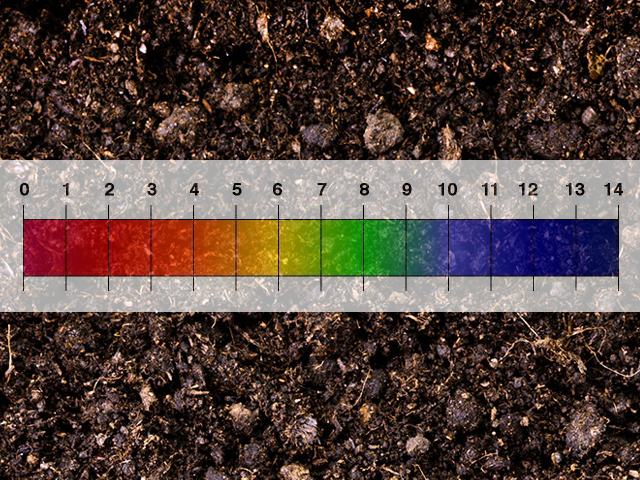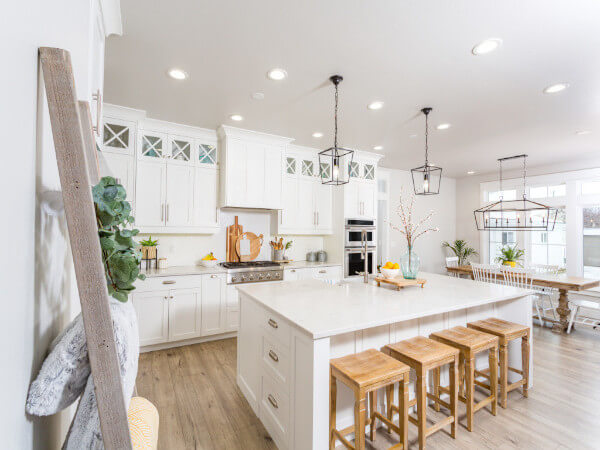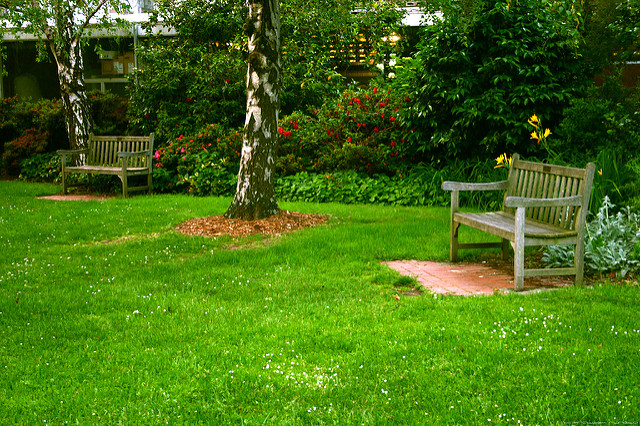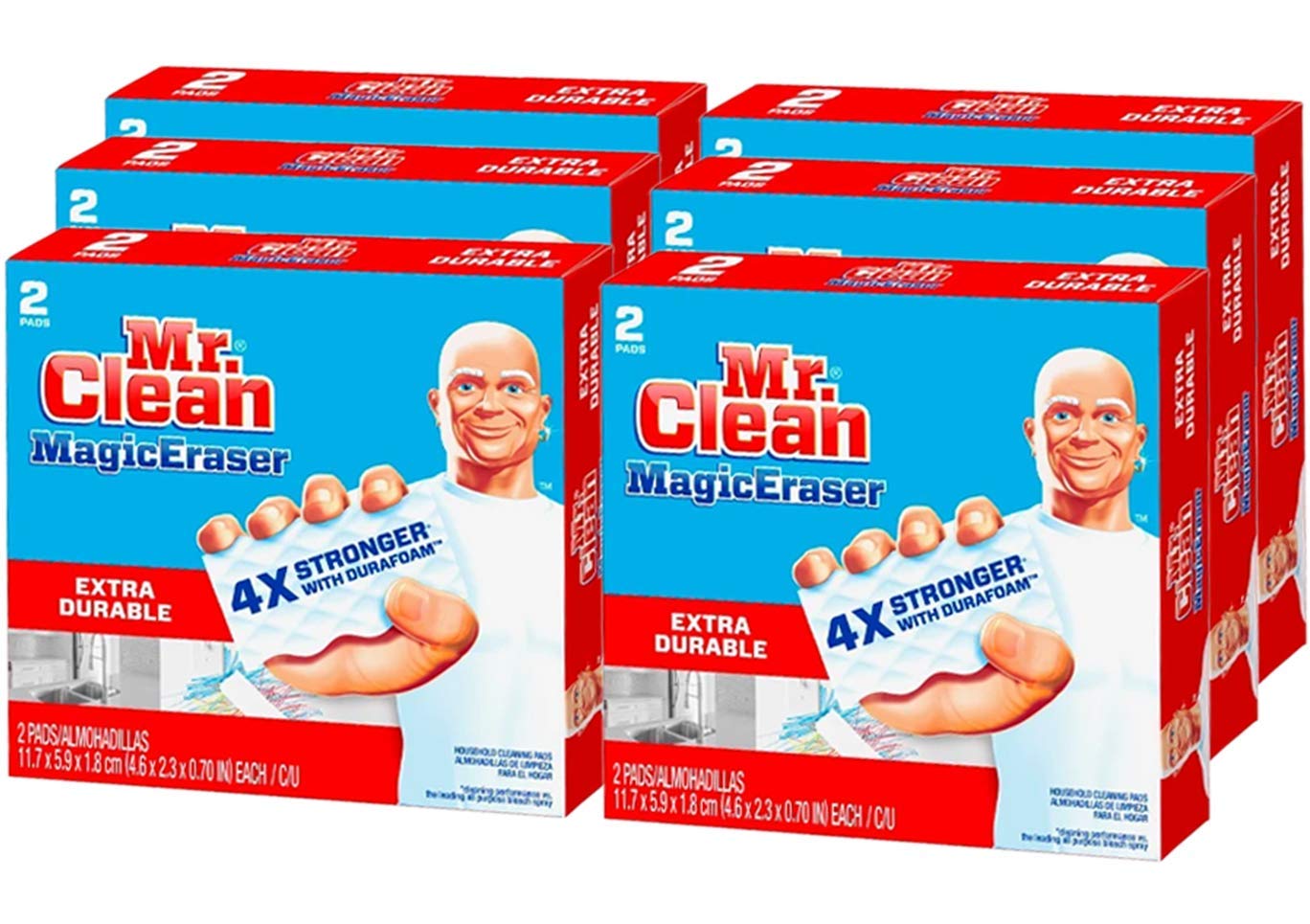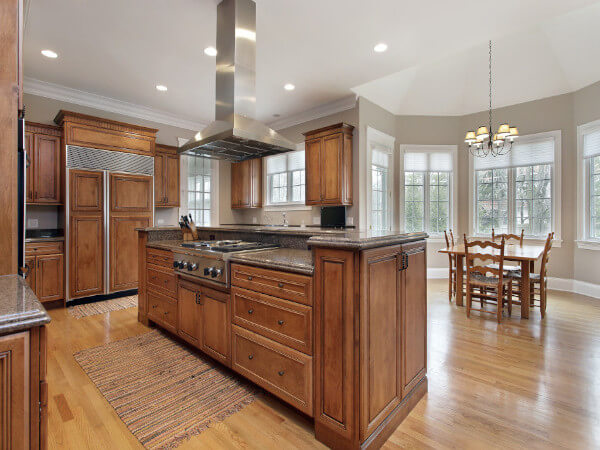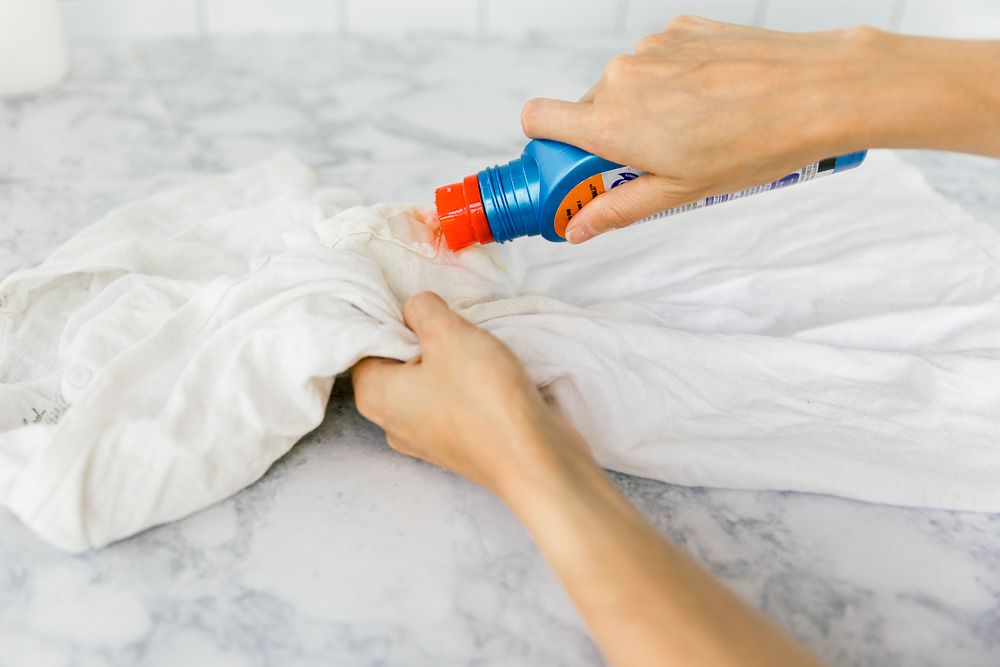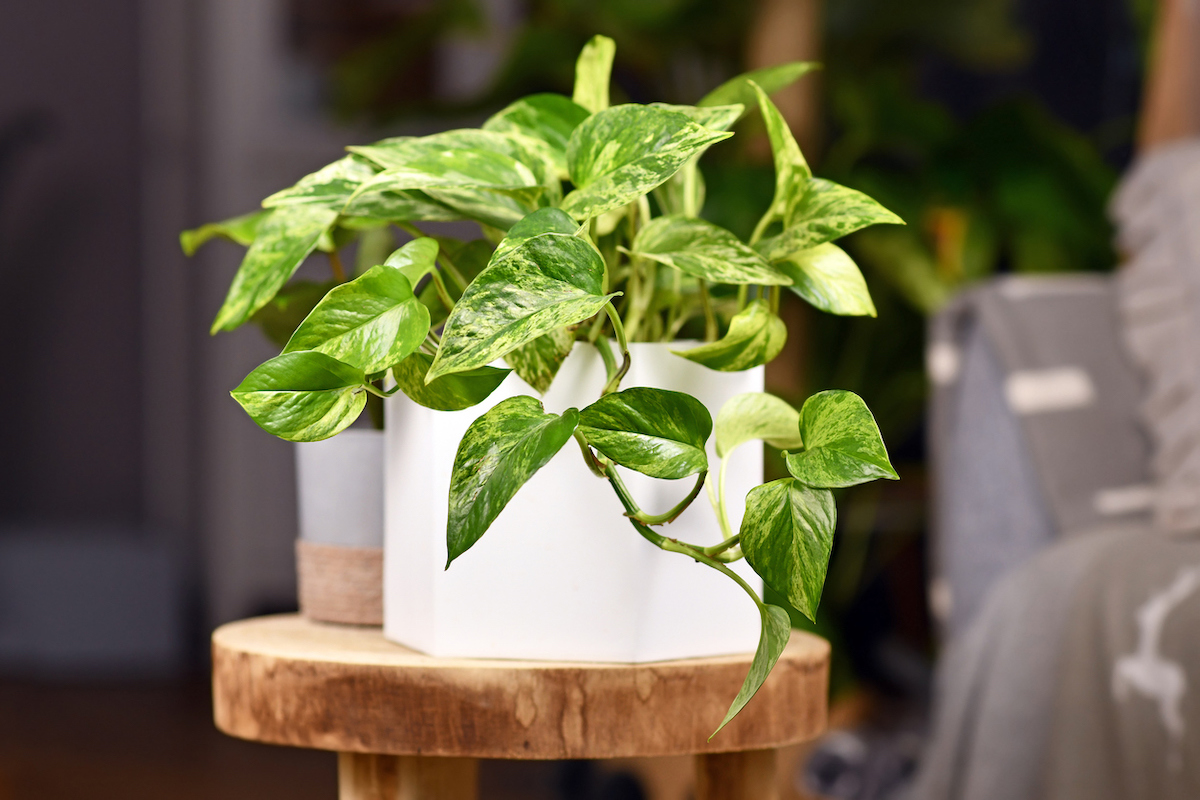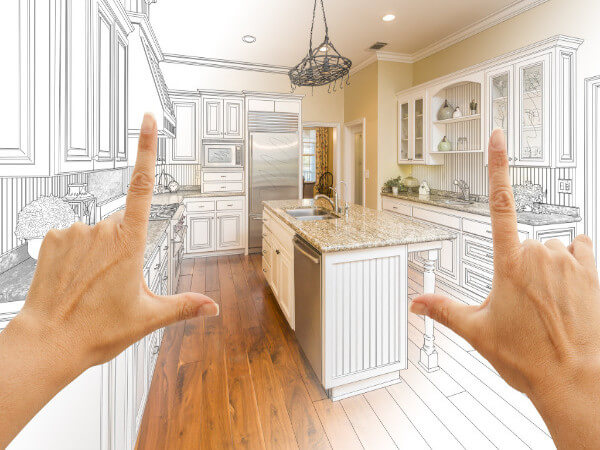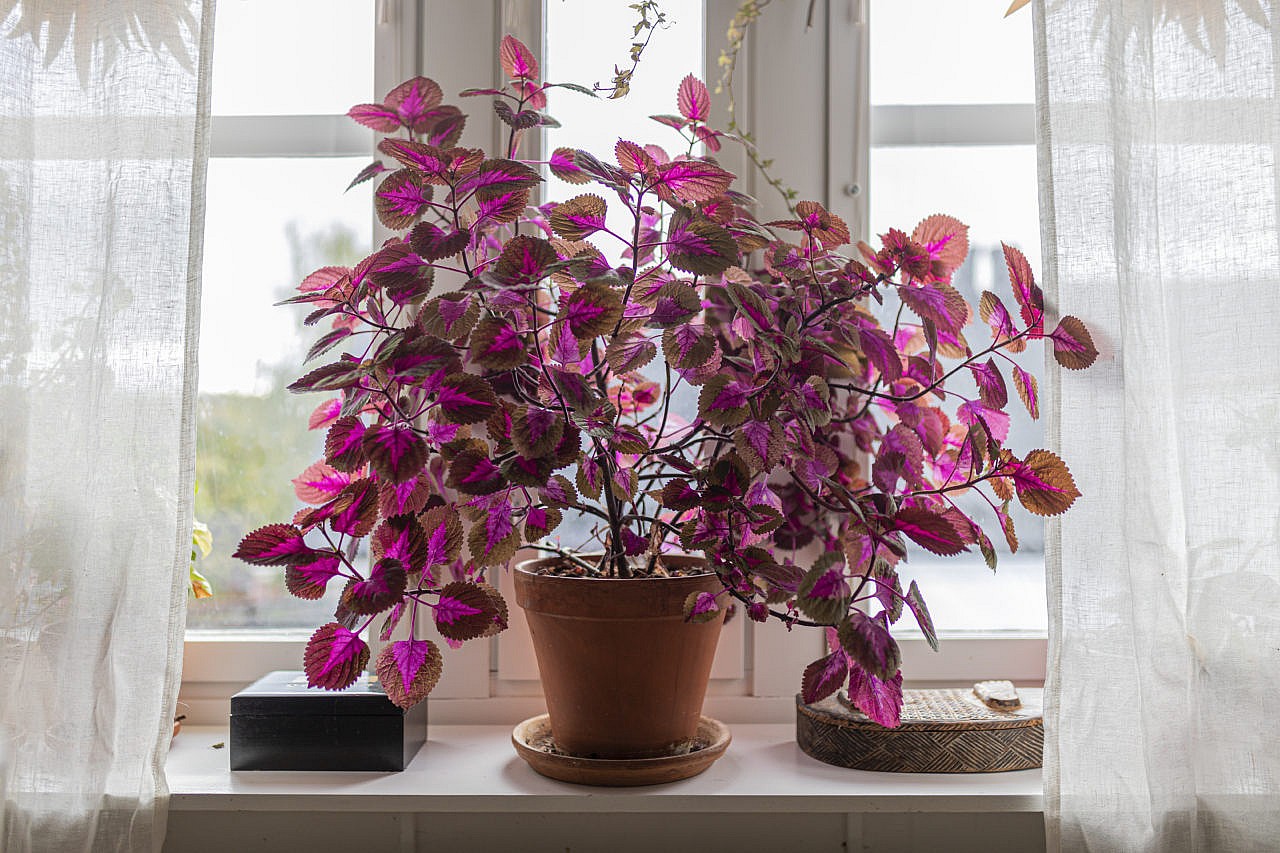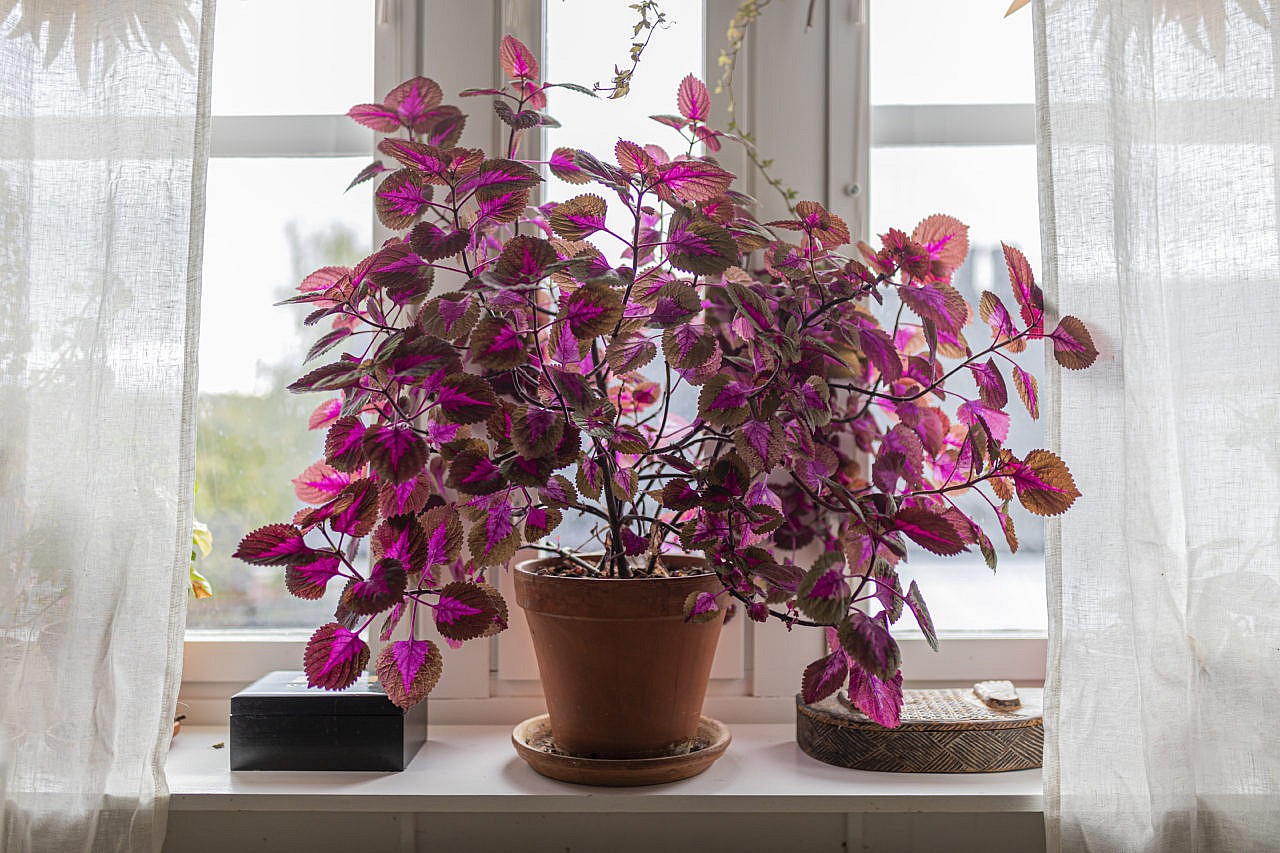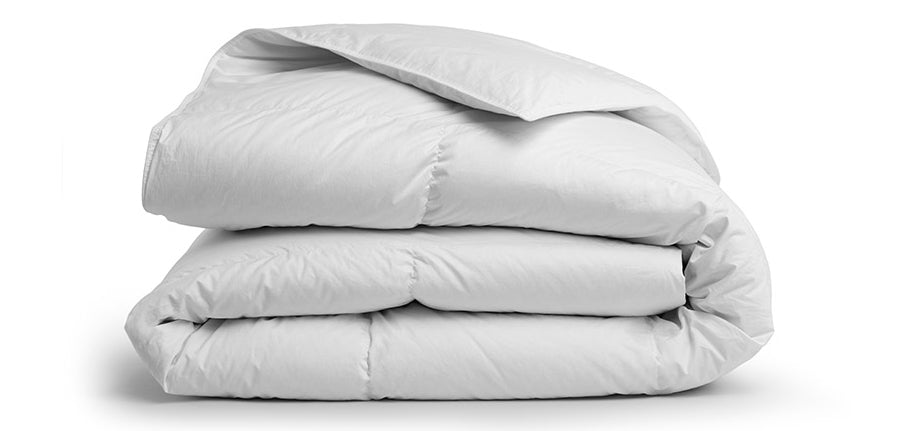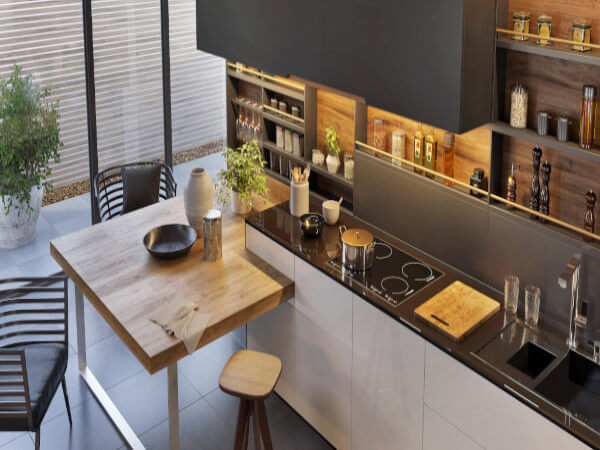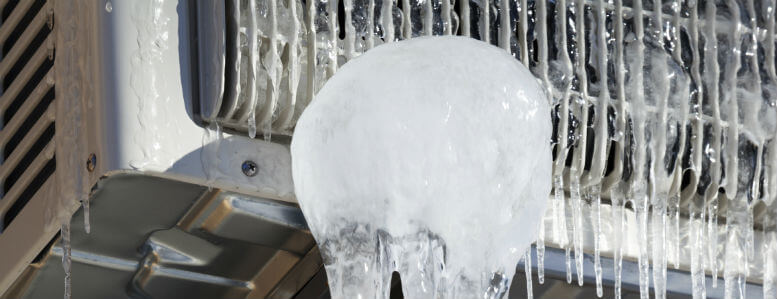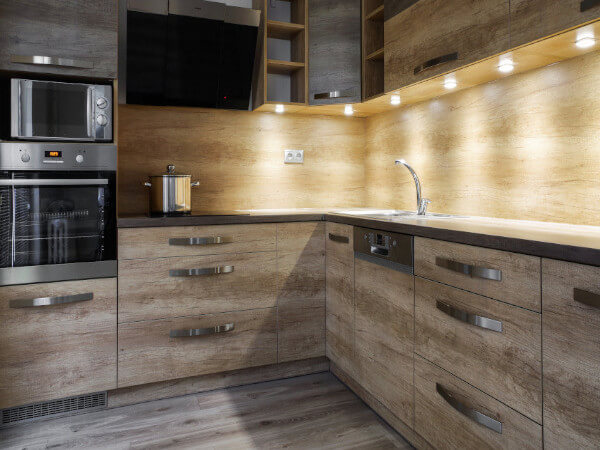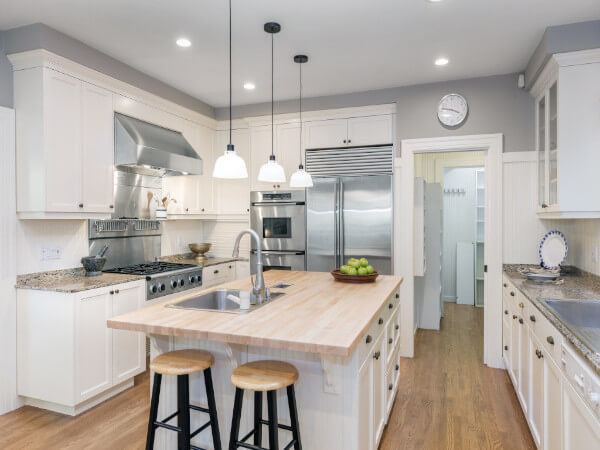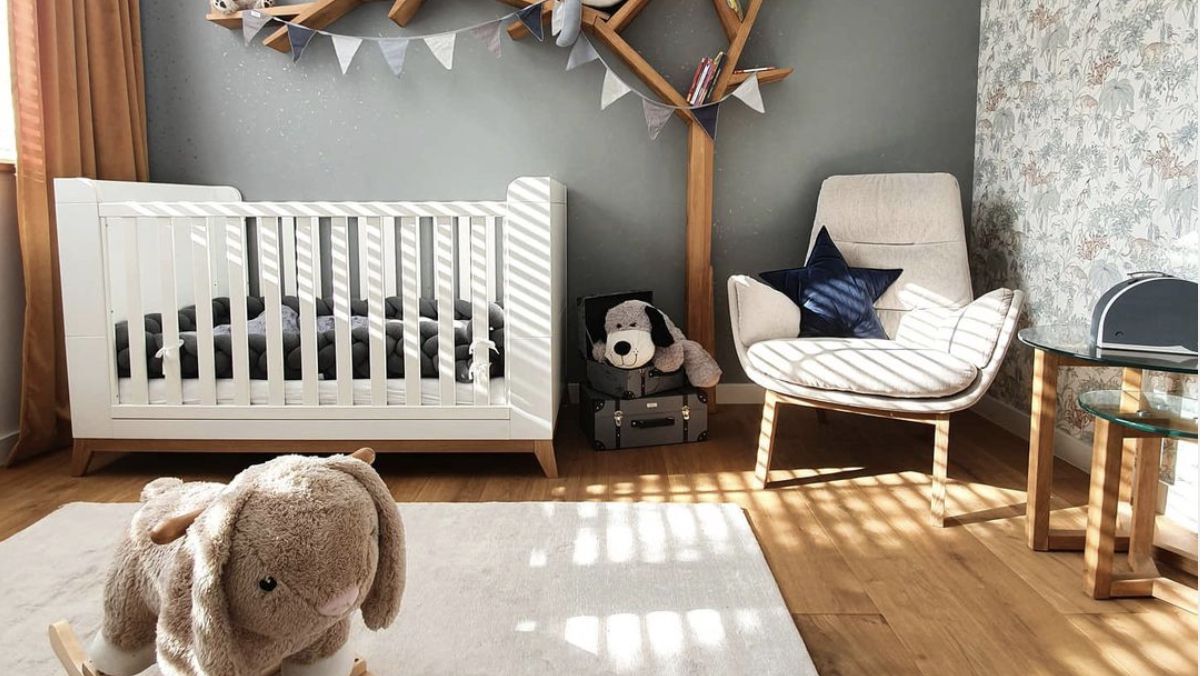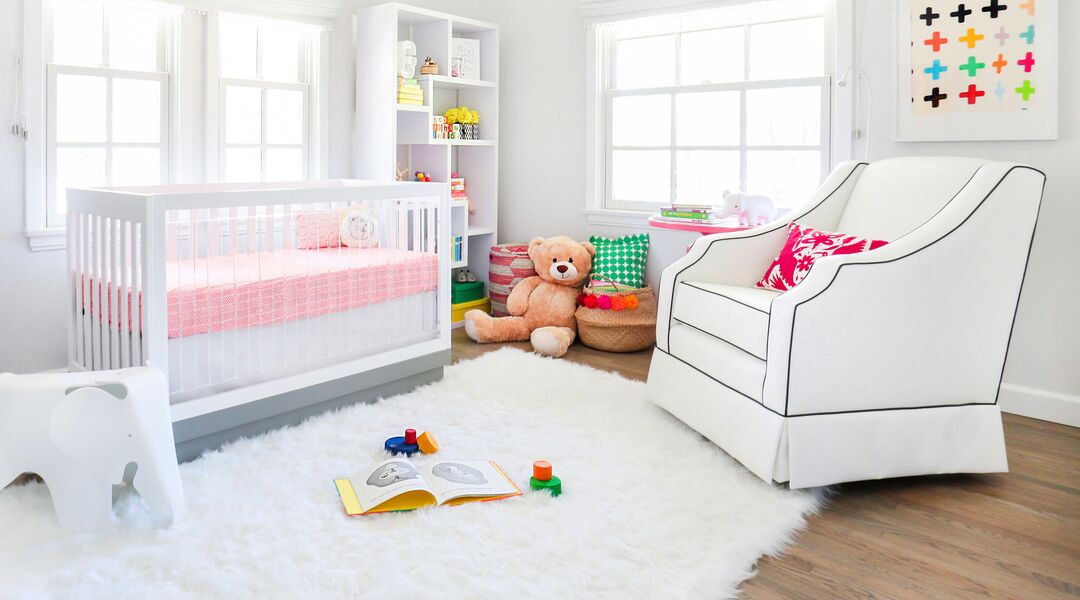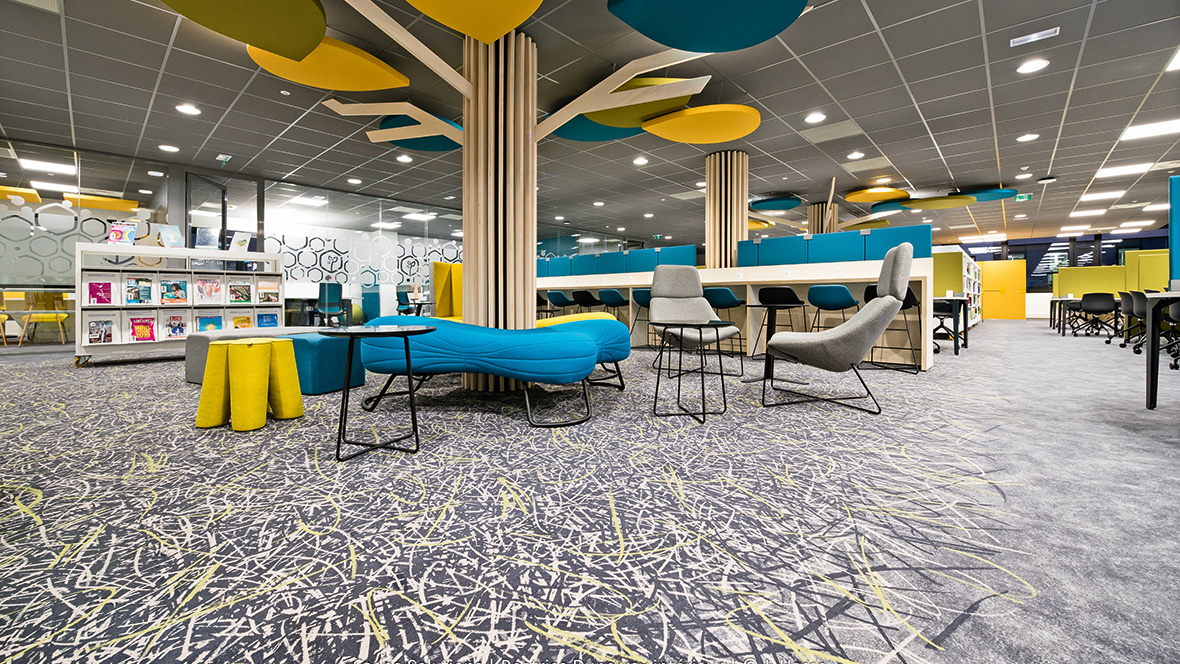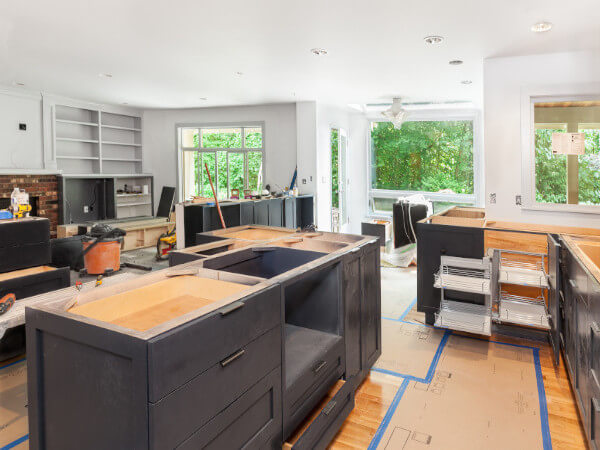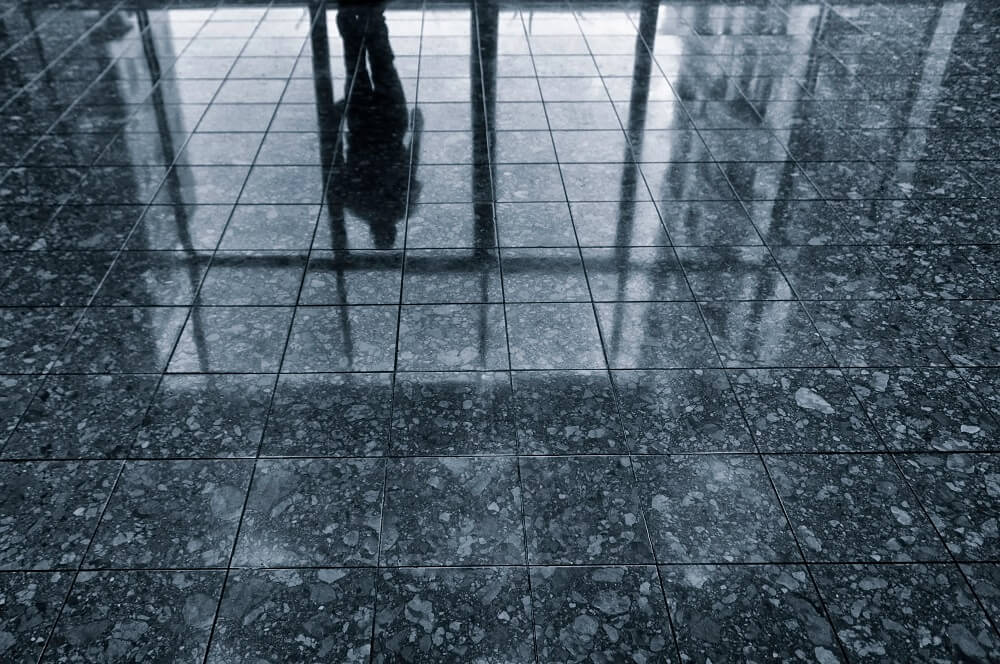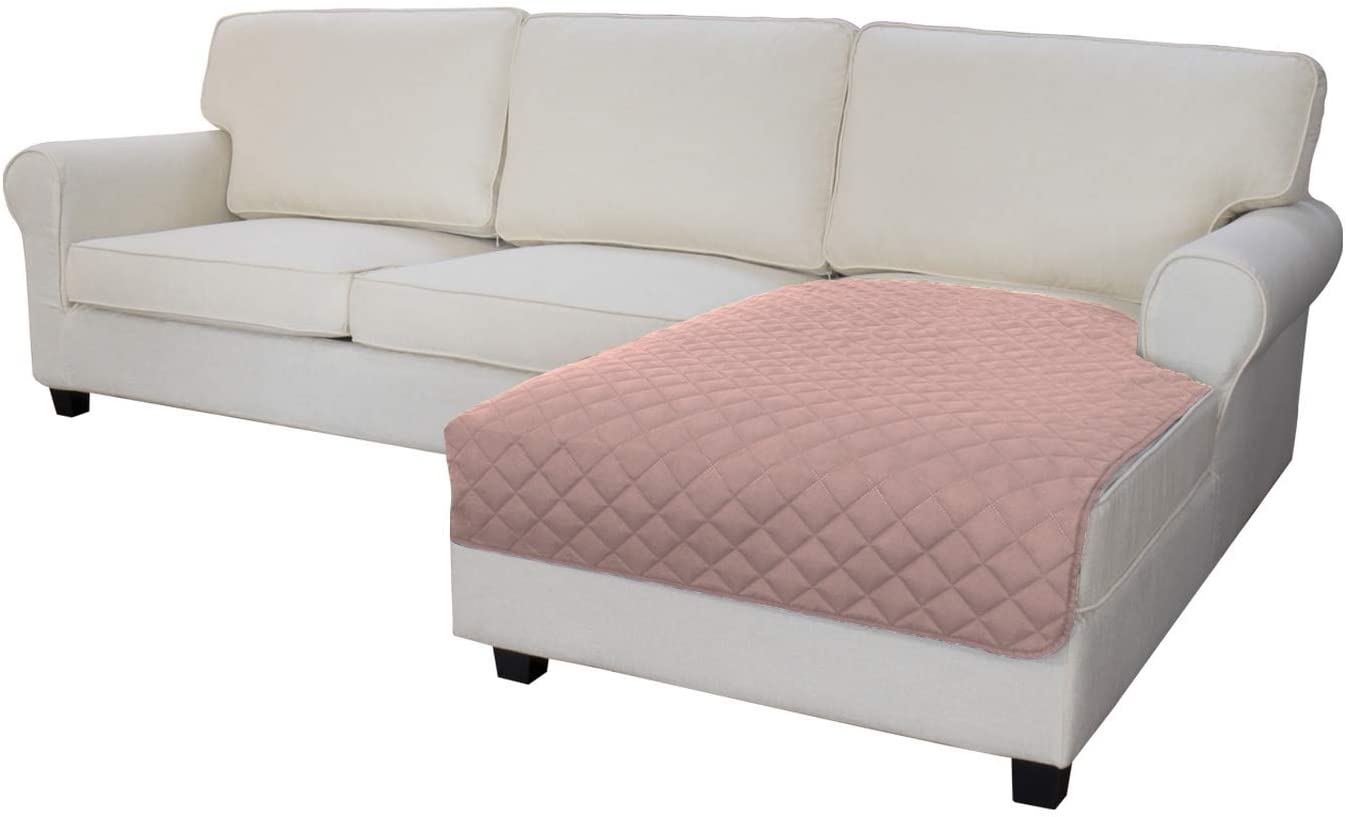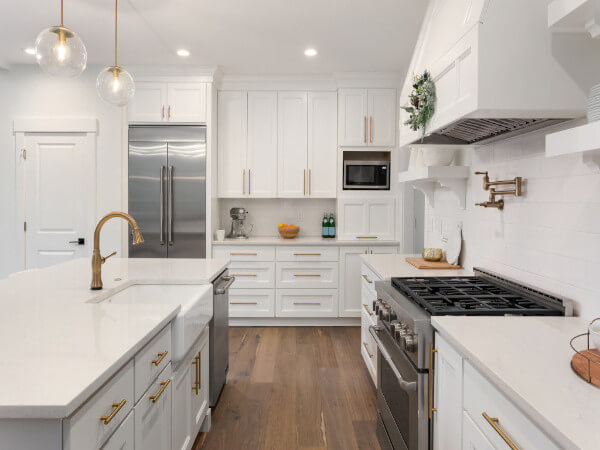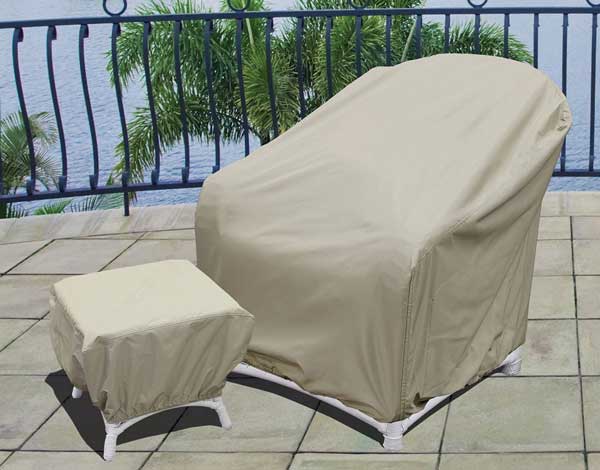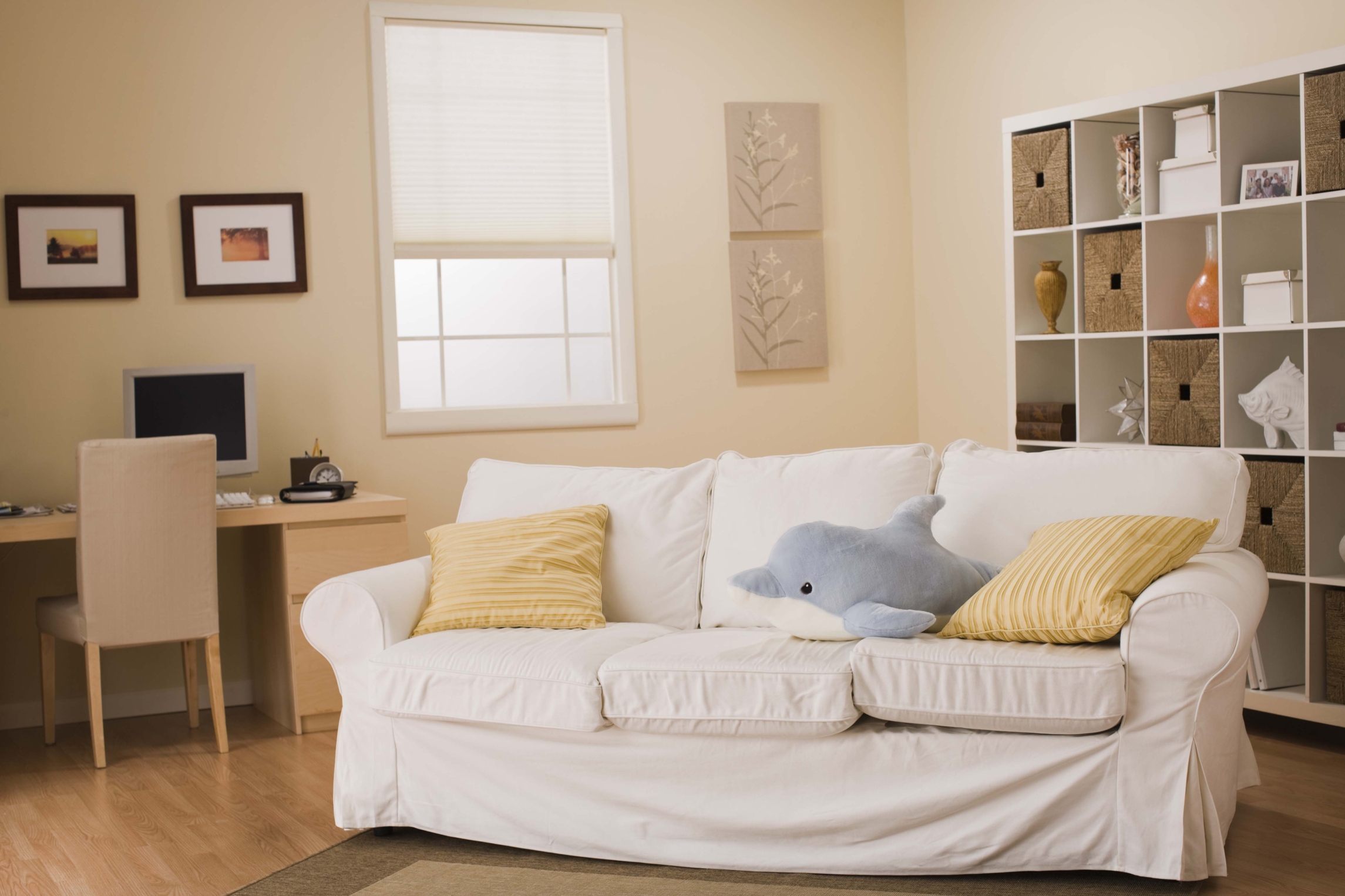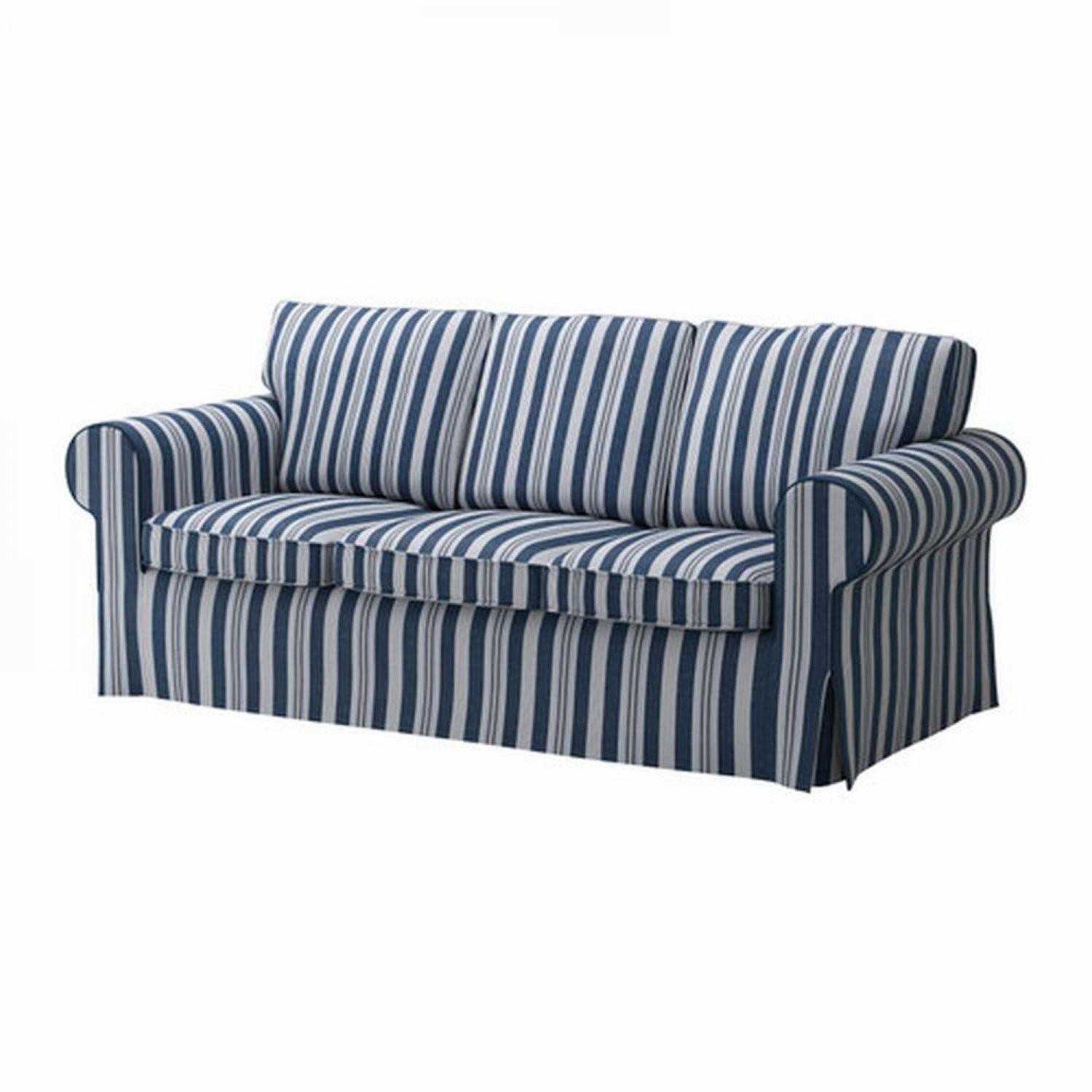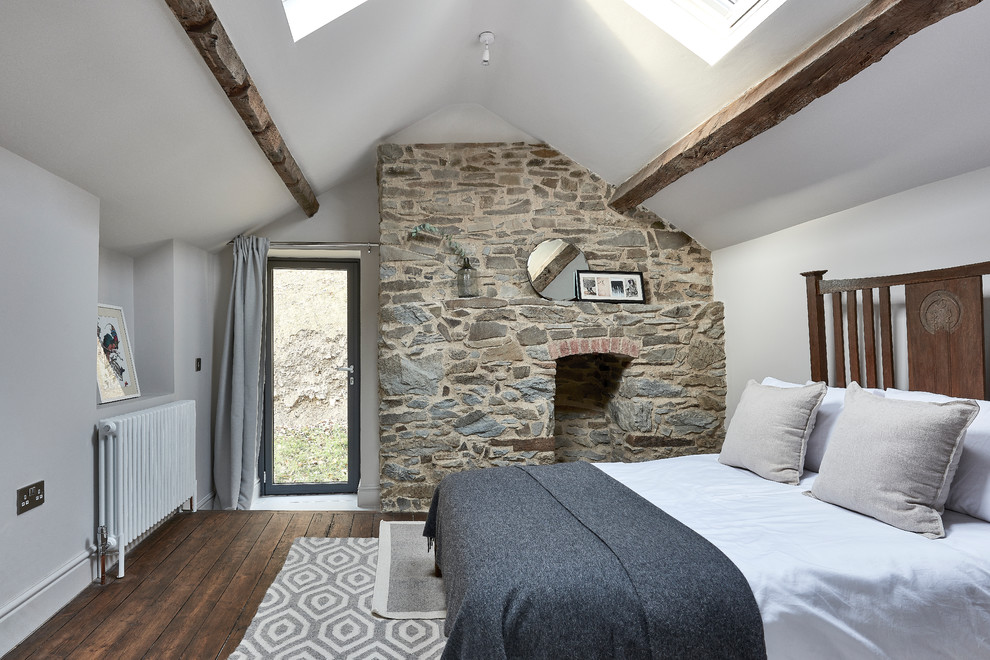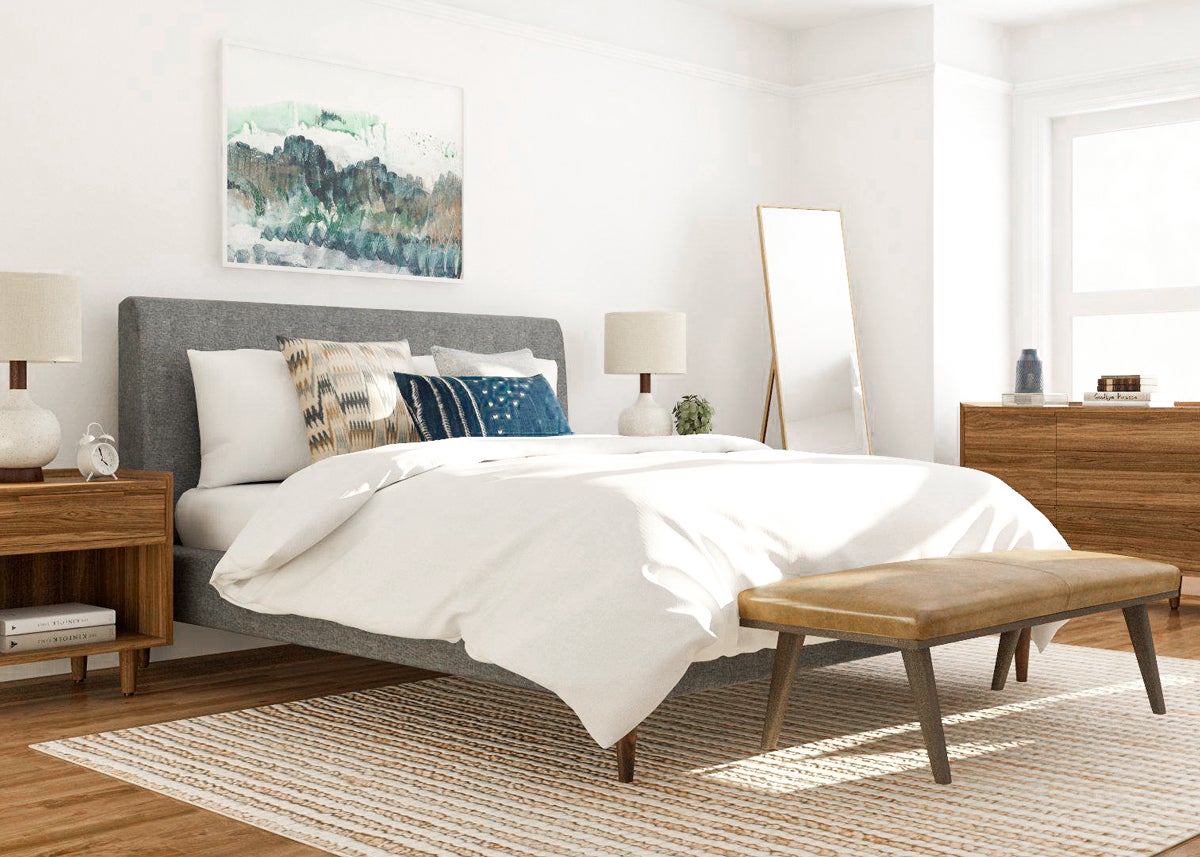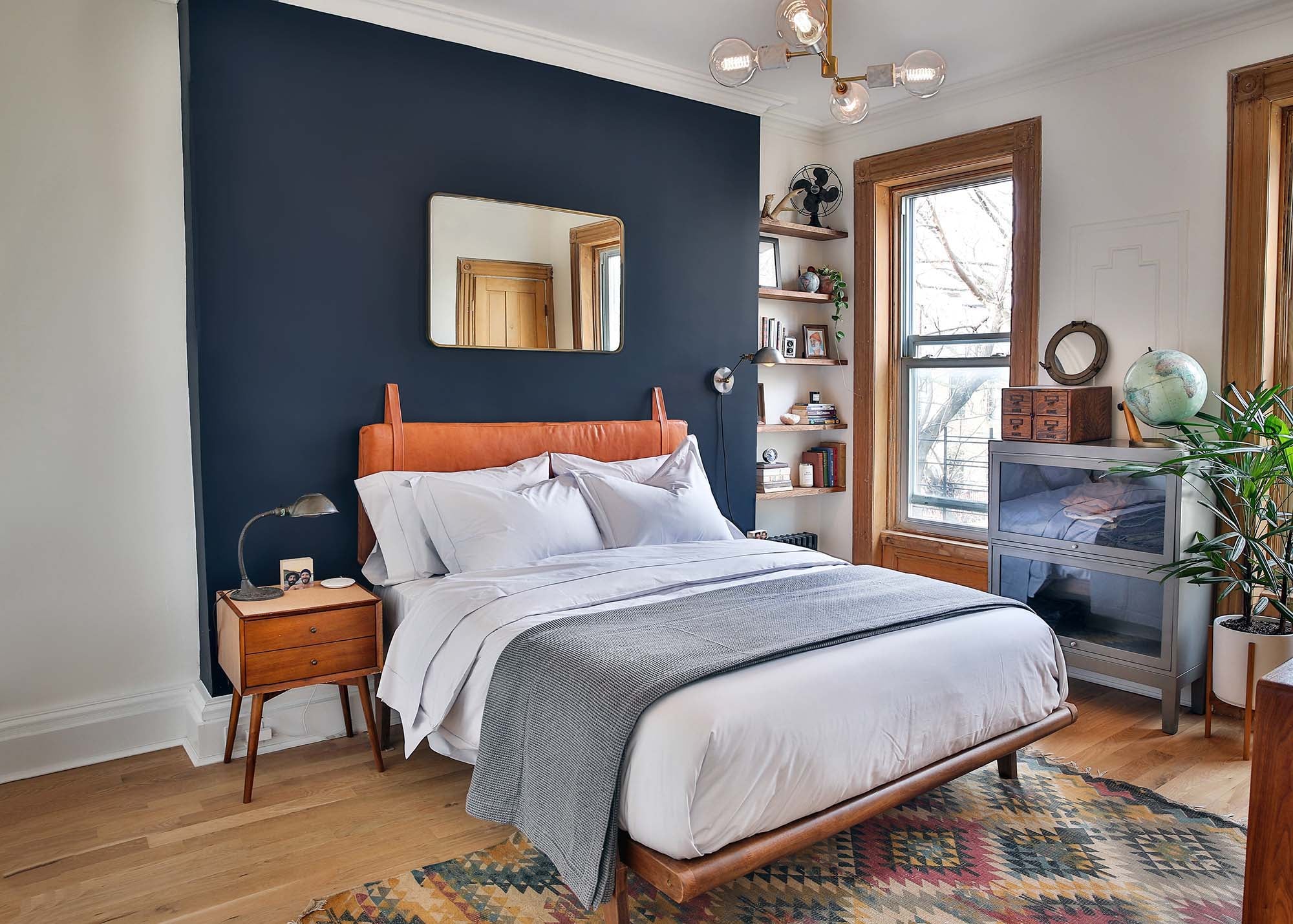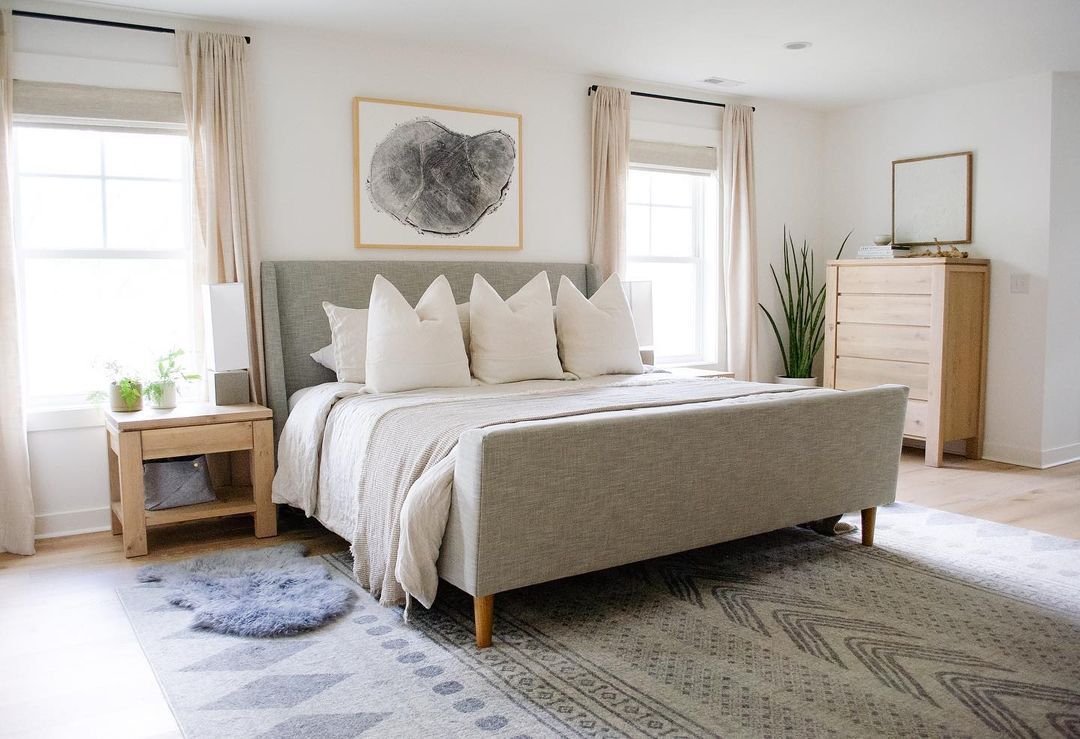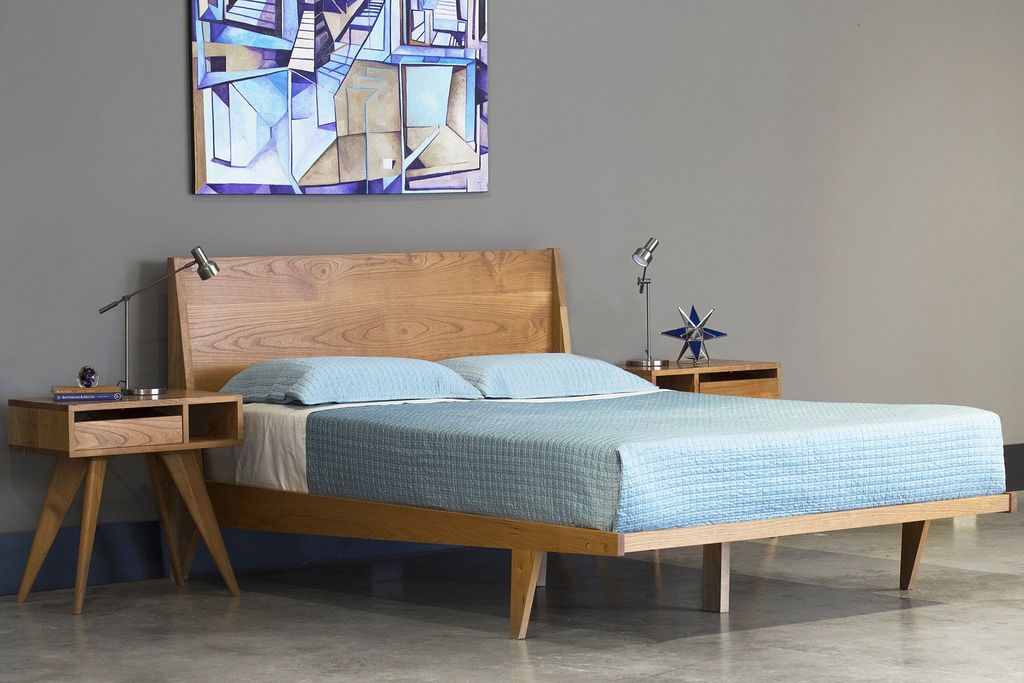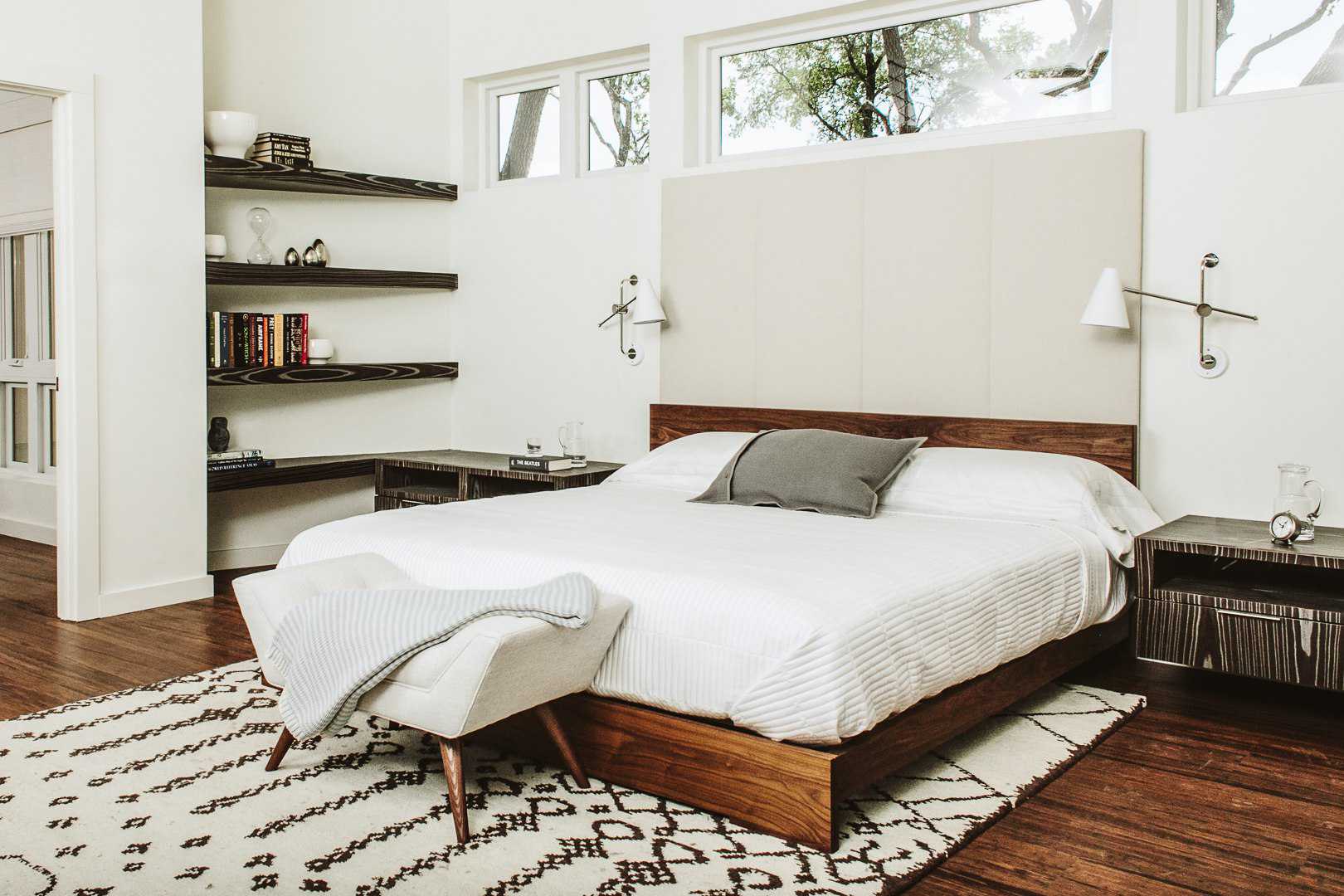A gravel driveway can be attractive, inexpensive to install, and easy to maintain. But it also has some downsides that you should consider before installing one in your yard.
The best type of driveway for you will depend on a variety of factors including needs and budget. This article will explore these factors along with the pros and cons of a gravel driveway. This will help you make an informed decision about whether or not this is the right choice for you. Let’s dive deep into this topic.
What is a gravel driveway?
A gravel driveway is a driveway that is built with a base of gravel. Gravel may be mixed with other materials to create a strong, durable surface capable of bearing vehicles. Also, gravel driveways are more aesthetically pleasing than asphalt. This is because they have a more natural appearance and can be customized to match the style of your home.
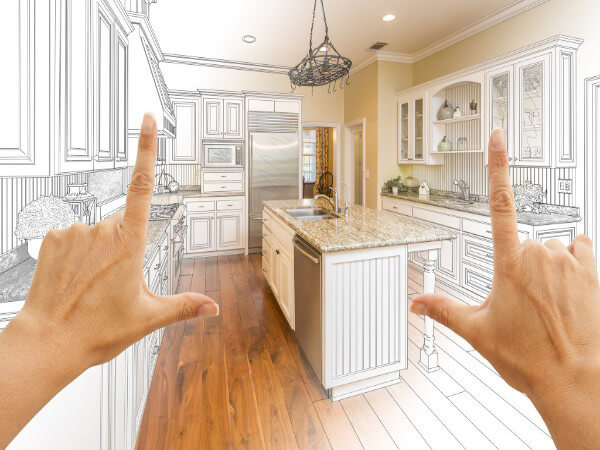
Image Credit: http://merrillpaving.com
Pros of a gravel driveway
Inexpensive: Gravel driveways are one of the most affordable types of driveways to install. The materials needed for this type of driveway are readily available and easy to work with. This makes for a quick and easy installation process, which can save you money on labor costs.Easy Maintenance: A gravel driveway is one of the easiest types of driveways to maintain. All you need is a rake or shovel to keep it clear of debris and ensure that water can flow freely. This saves you time and effort when it comes to upkeep.Durable: Gravel driveways are one of the most durable types of driveways on the market. Once your gravel driveway is installed, it will not require a lot of maintenance or repair work for a very long time.Aesthetically Pleasing: Gravel driveways have a natural look that makes them aesthetically pleasing to have in front of your home. This can increase its curb appeal, which may boost its resale value as well as your enjoyment of it over time.Customizable: You can customize your gravel driveway by using different types and sizes of gravel to create an attractive design that reflects the style of your home and complements the existing landscape in surrounding areas. Plus, you can add rocks, stones, pebbles, logs, and more to give your gravel driveway a one-of-a-kind appearance.
Cons of a gravel driveway
Drainage Issues: Gravel driveways are susceptible to drainage issues. This is because gravel holds water in its gaps, which can cause puddles to form when it rains or snows. The only way to prevent this would be to install an asphalt or concrete driveway instead. Another option when you have a gravel driveway is to spread grass seed over the surface so that when you do get standing water on your driveway, it will absorb some of it and allow the rest to drain through the small spaces between stones and other materials used for the bedding. But if you choose this method, be prepared to water the driveway regularly to get the grass seed to germinate and take root. Theplumbing on a home should also be checked yearly to ensure that water is draining away from the house and not pooling up against it because of the gravel driveway.Unpaved: A gravel driveway is an unpaved surface, which can be a concern if you have small children or pets who like to run around outside. This is because a gravel driveway can be rough on their feet and paws and may cause them to get injured if they fall or walk on it without shoes or boots.Difficulty Driving On Gravel: Gravel driveways are not as smooth as asphalt or concrete driveways, so they can be difficult for some vehicles to drive on. This may include sports cars, motorcycles, and other high-end vehicles.Dust: When a vehicle drives over gravel, it creates dust. This can be a nuisance for homeowners who live close to their gravel driveway and can also cause health problems for those who are sensitive to it.
As you can see, there are both pros and cons to having a gravel driveway in front of your home. It is important to weigh the positives and negatives of each before deciding which type of driveway is right for you.
If you decide that a gravel driveway is not the best option for your needs, consider asphalt or concrete instead. These types of driveways are more expensive to install, but they offer many benefits that gravel driveways do not, such as better drainage and a longer lifespan.
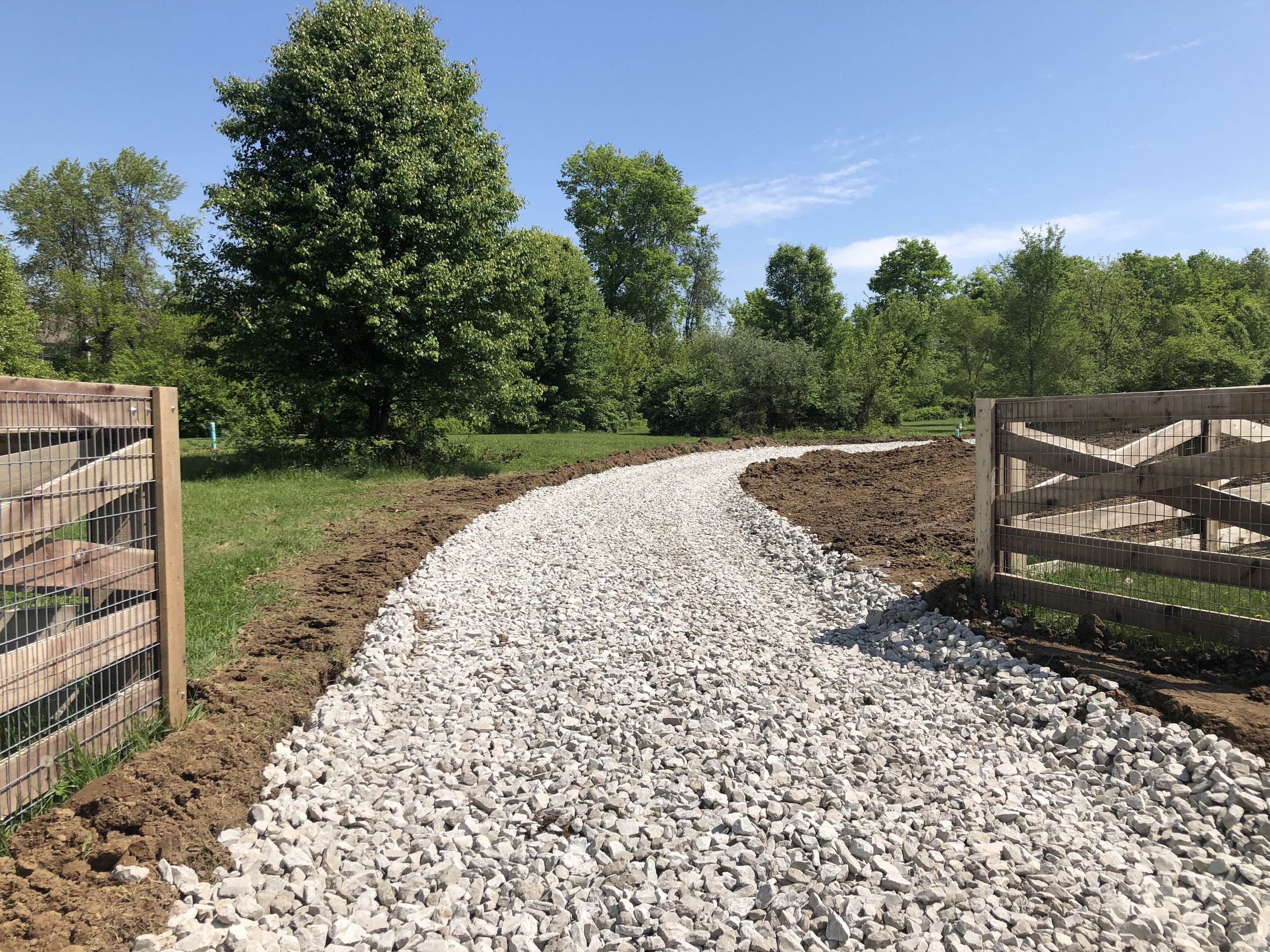
Image Credit: http://johnsonsexcavating.com
Other factors to consider
Here are some other factors to keep in mind before making up your mind about the type of driveway you’ll have.
Cost: Installing a gravel driveway is less expensive than installing an asphalt or concrete driveway, but it may require more regular maintenance to keep it looking its best.Weather: Gravel driveways are more susceptible to damage from bad weather conditions than asphalt or concrete driveways. This is because they do not have the same level of protection against rain, snow, and ice.Homeowner Association (HOA) Regulations: If you live in a neighborhood with an HOA, there may be regulations in place that restrict or prohibit the installation of a gravel driveway. Be sure to check with your HOA before deciding on a type of driveway for your home.Slope: If your home is located on a sloped lot, a gravel driveway may not be the best option, as it can be difficult to maintain and can result in drainage issues.Effect on the Landscape: Gravel driveways are not environmentally friendly because they can disrupt the surrounding landscape, which is also something to consider when deciding if it’s right for your home.Appearance: A gravel driveway will never be as smooth and flat as an asphalt or concrete one; however, you can choose different bedding materials that give it a unique look.Resale Value Asphalt and concrete driveways often add resale value to homes, while gravel driveways do not typically increase resale value unless they are professionally installed with high-quality materials.Safety: Gravel driveways are more susceptible to potholes than other types of driveways due to weathering over time, since water can seep into the cracks and freeze, causing the gravel to expand and crack.
When considering all of these factors, it is important to think about what is most important to you and your family. If a gravel driveway meets your needs, be sure to take the time to select quality materials and have it installed by a professional contractor. By doing so, you can ensure that your driveway will last for many years without requiring much maintenance.
Final thoughts on pros and cons of gravel driveway
In conclusion, the pros and cons of a gravel driveway are different for each individual. If you arebuilding your own house, building a gravel driveway at the same time might be a good option, but if you’re not, consider the landscape and how easy it will be to keep clean before making a final decision.
Moreover, if you have pets who to roll on the ground, it’s along something to consider before choosing gravel as the material for your driveway.
The post Pros And Cons Of Gravel Driveway appeared first on Kitchen Infinity.
Did you miss our previous article…
https://www.thelavkitchen.com/?p=811
